THE HALF-LIFE OF MARIE CURIE Makes its Philippine Premiere
'The Half-Life of Marie Curie' plays at the Ateneo Arete’s Doreen Black Box Theatre until Aug. 31, 2024.
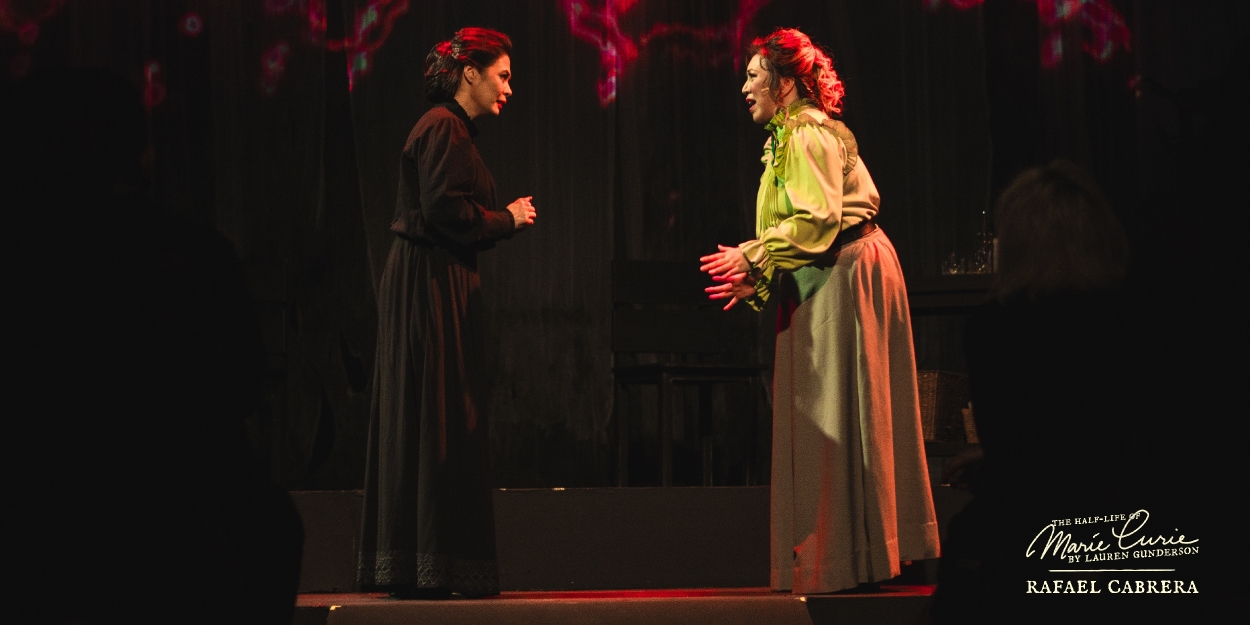
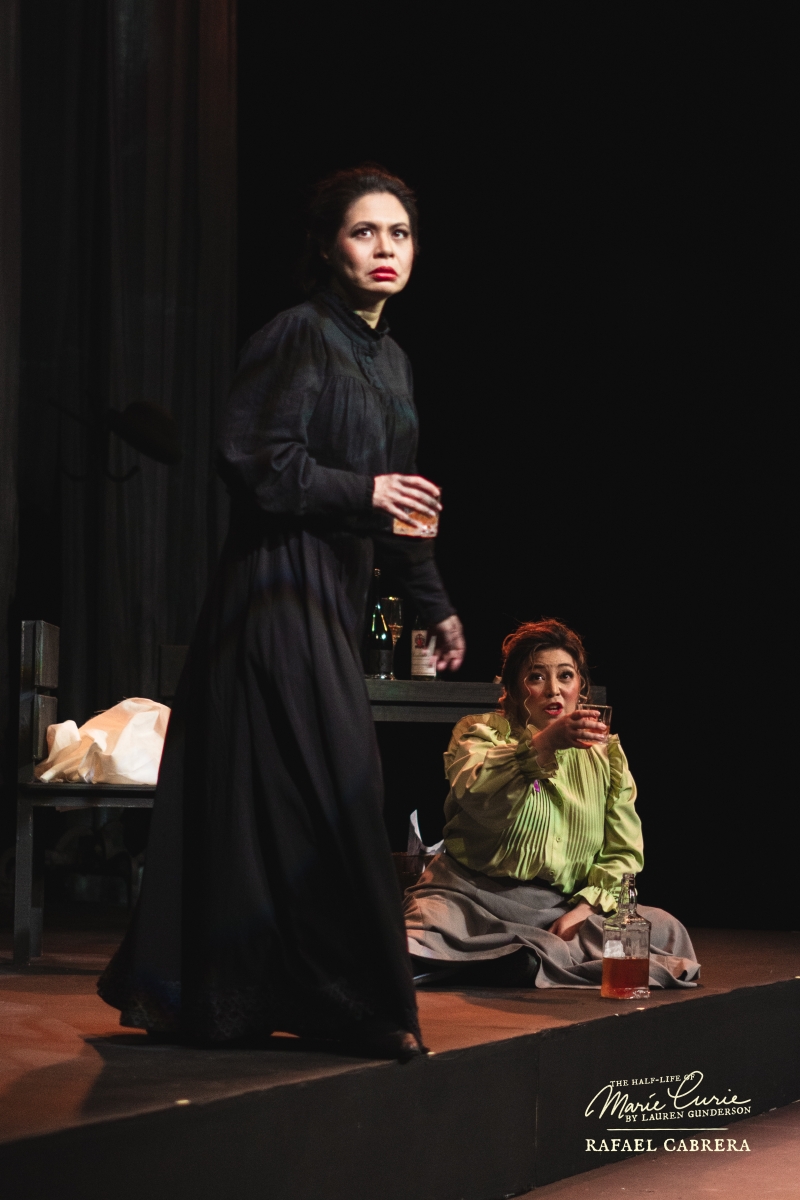 Manila, Philippines--“The Half-Life of Marie Curie,” a one-act play by Lauren Gunderson, humanizes historical figures, two-time Nobel Peace Prize winner Marie Curie, and a lesser-known electromechanical engineer Hertha Ayrton.
Manila, Philippines--“The Half-Life of Marie Curie,” a one-act play by Lauren Gunderson, humanizes historical figures, two-time Nobel Peace Prize winner Marie Curie, and a lesser-known electromechanical engineer Hertha Ayrton.
Both were widows, mothers, and best friends—both, women. It’s also a play written, directed, and acted by women.
The play “revels in the power of female friendship as it explores the relationship between these brilliant women. Both were fearless champions of scientific inquiry [in the late 1800s to the early 1930s],” Gunderson describes her play.
A commissioned work for Audible’s Emerging Playwrights Fund, “The Half-Life of Marie Curie” made its limited Off-Broadway run at the Minetta Lane Theatre from Nov. to Dec. 2019.
Its story follows Curie during the summer of 1912 when a piece of dire news broke loose: Curie is having an affair with Paul Langevin, a married colleague and a former student of her late husband, Pierre.
Ill-timed, the scandal casts a shadow over Curie’s second Nobel Prize win.
Best friend Ayrton comes to Curie’s rescue. Together, they dash to the former’s faraway home on the seaside, galvanizing their friendship with the bonds of common struggles and newly discovered secrets.
Produced by Music Artes Inc. and the Ateneo Arete, the play makes its Philippine premiere. A huge fan of the play, book author and director Kiara Pipino directs Missy Maramara, who plays a sensible, nuanced, and accessible Curie, and Caisa Borromeo, who plays a rather stereotyped sidekick in Ayrton, in this intimate staging--on a not quite (very nearly) thrust stage--of Gunderson’s relatively new work.
In this two-hander, Gunderson divulges the human experiences behind the great minds of Curie and Ayrton. Scientists, especially during their lifetime—about the same period as Albert Einstein--are perceived sticklers for exactness. However, “The Half-Life of Marie Curie” depicts these two women at their most vulnerable—a universal human condition.
Partially sounding like a biography, Gunderson’s text could be didactic at some point. An explainer about what a “half-life” is: “the time required for half of the radioactive atoms present to decay” had to be uttered in Curie’s earlier monologue. Lest we forget, Curie is known for discovering the elements radium and polonium, and her work on radioactivity--thus, the “half-life” in the title.
“The Half-Life of Marie Curie” also features Jessy Gardner’s sound design, Bethany Marx and Paul Atienza’s costumes, GA Fallarme’s projections, Jethro Nibaten’s lights, Julia Macuja’s sets, Andriane Ungriano’s technical direction, Zoe de Ocampo’s graphic design, Jopie Sanchez and Paul Atienza’s make-up, and Dimple Callada and Rheizter Yves Callada’s hair styling,
Photos: Rafael Cabrera
.jpg) Missy Maramara, Caisa Borromeo
Missy Maramara, Caisa Borromeo
 Missy Maramara, Caisa Borromeo
Missy Maramara, Caisa Borromeo
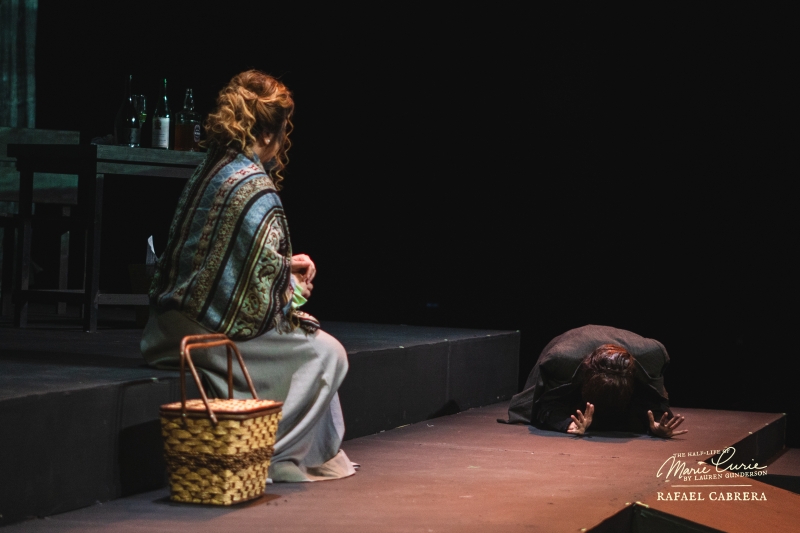 Caisa Borromeo, Missy Maramara
Caisa Borromeo, Missy Maramara
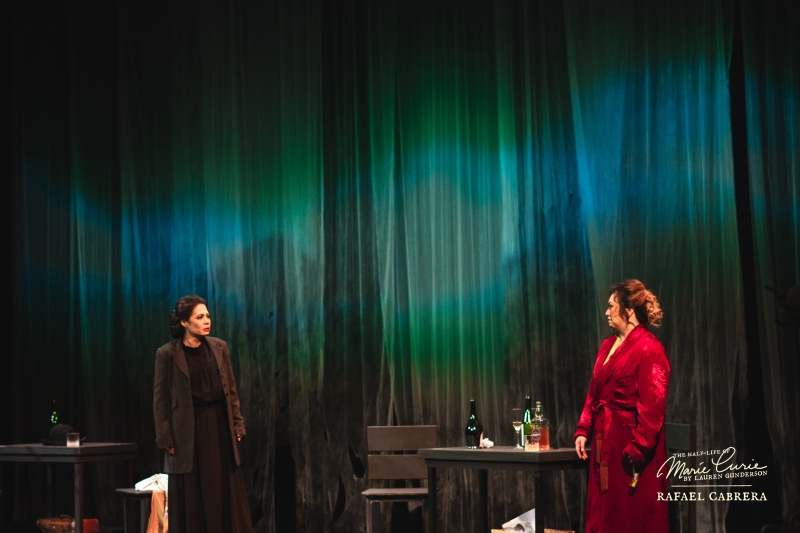 Missy Maramara, Caisa Borromeo
Missy Maramara, Caisa Borromeo
 Missy Maramara, Caisa Borromeo
Missy Maramara, Caisa Borromeo
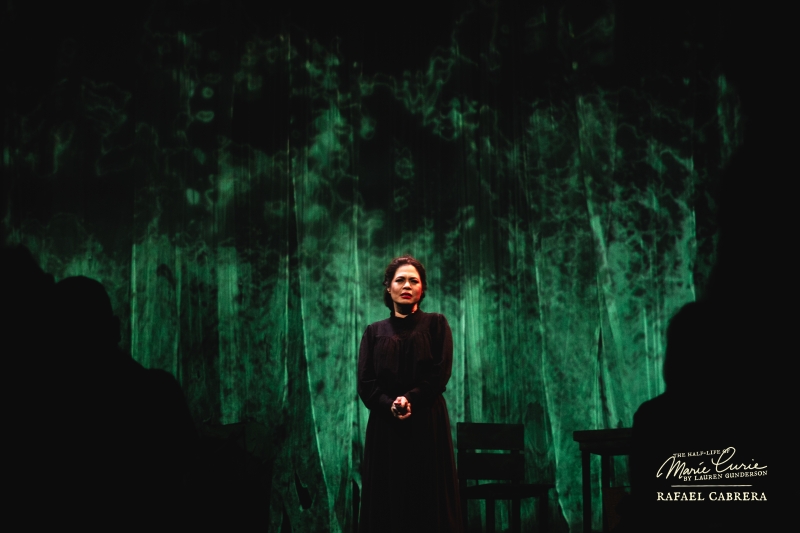 Missy Maramara
Missy Maramara
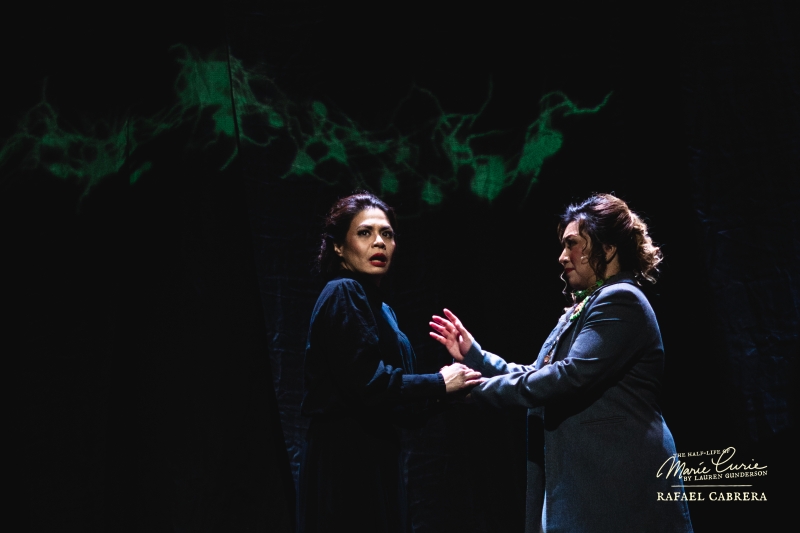 Missy Maramara, Caisa Borromeo
Missy Maramara, Caisa Borromeo
 Missy Maramara, Caisa Borromeo
Missy Maramara, Caisa Borromeo
Comments

Videos
